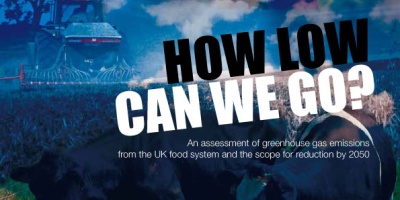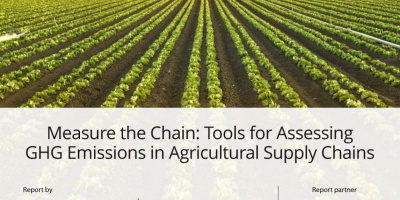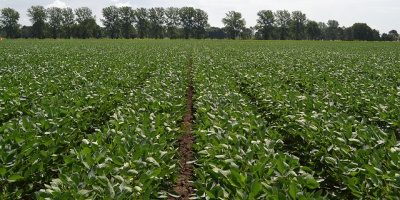The carbon footprint is a consumption-based indicator used to highlight the climate impacts of a certain good or service. Carbon footprinting is based on the life cycle assessment (LCA) approach but focuses only on greenhouse gas emissions, rather than a suite of environmental areas. The “size” of the footprint is usually expressed in terms of carbon dioxide equivalent (CO2e). The footprint analysis considers impacts along several or all the stages of a product’s life cycle, which may span agricultural production (and the inputs to this production) through to consumption and waste disposal. The footprint approach can be used to measure the carbon impact of food at various scales; from the individual food product, to an entire meal, through to a dietary pattern of an individual or a country. Carbon footprinting may simply be undertaken by a company in order to understand the impacts of the products it sells and ascertain opportunities for improvement, but information about a product's footprint is also occasionally included on packaging in the form of a consumer-oriented label.


















